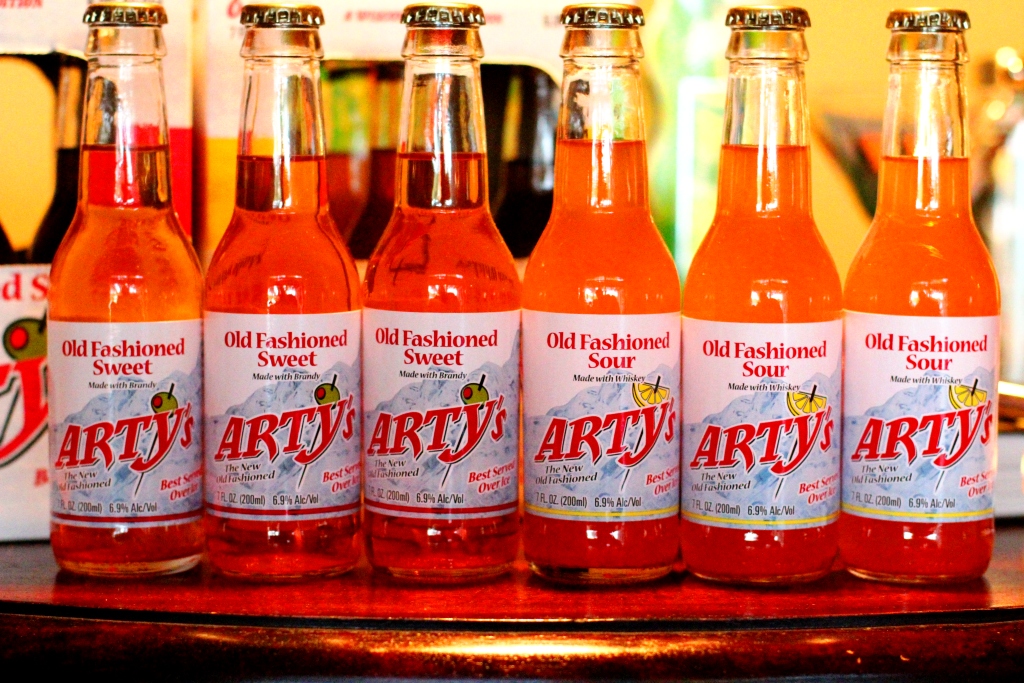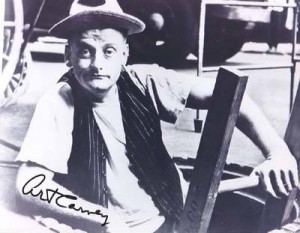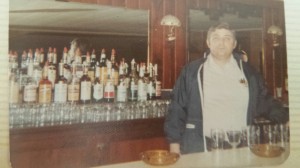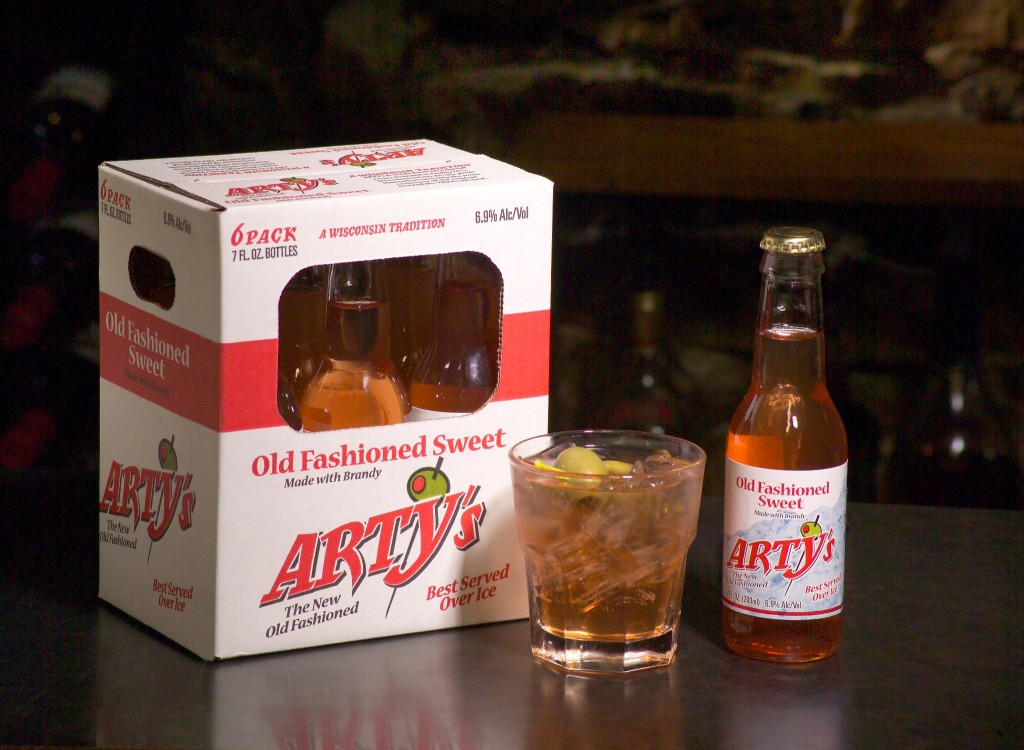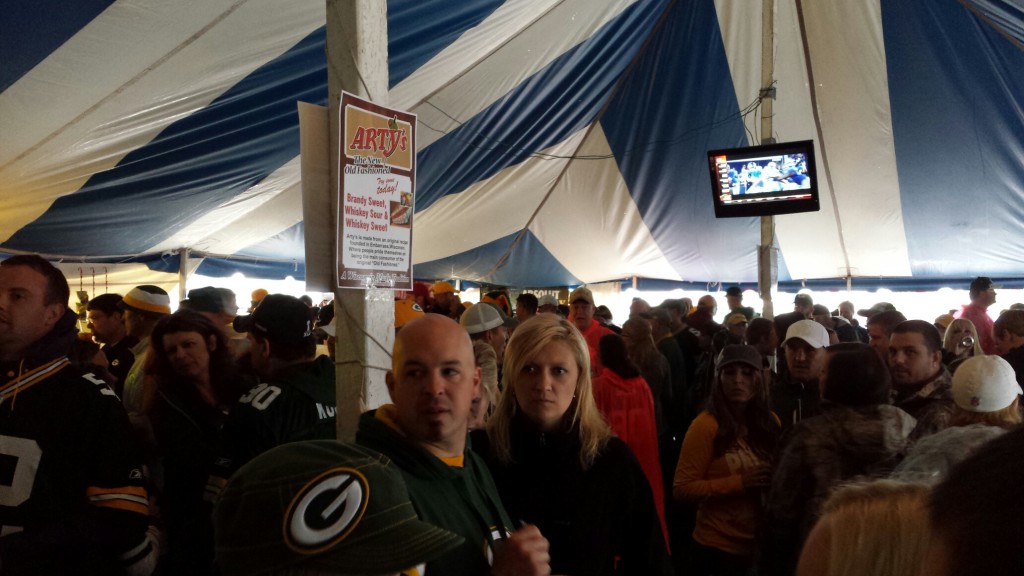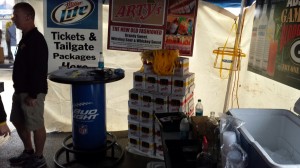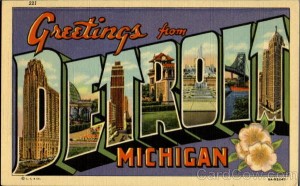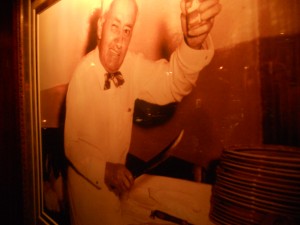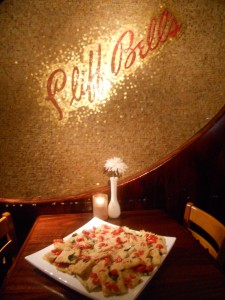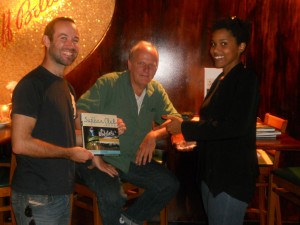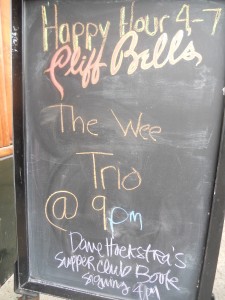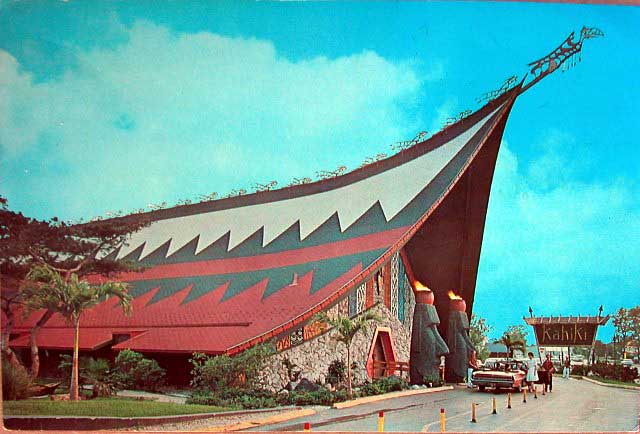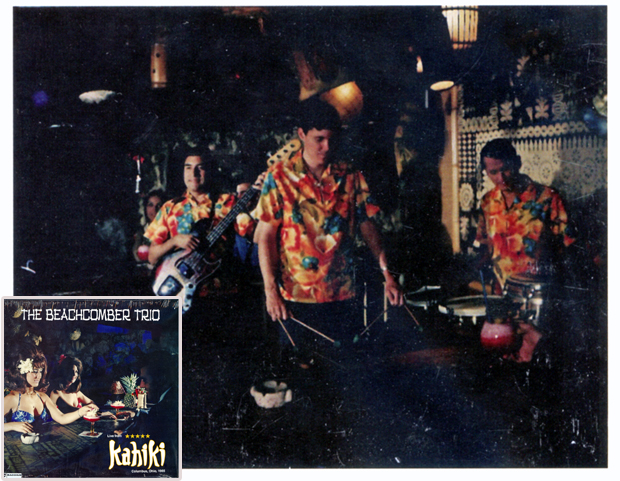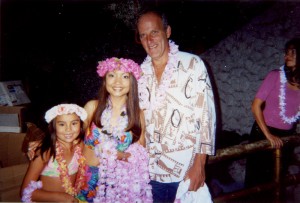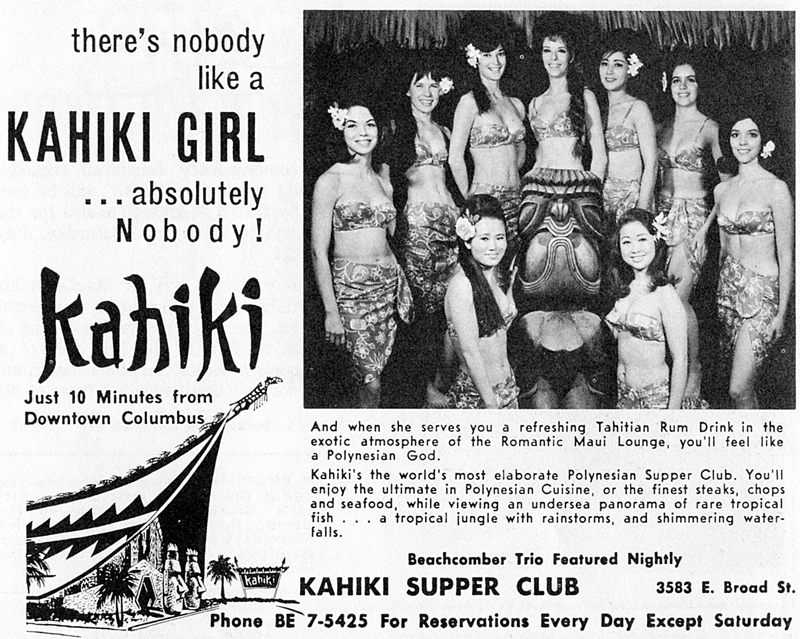There is a new twist to the Old Fashioned.
You can take it with you.
Like beer. Cheese
Or any other iconic components of Wisconsin food culture.
The Brandy Old Fashioned is a staple of the Wisconsin Supper Club landscape. Timothy Pappin and his nephew Ryan Mijal have now rolled out the barrel with “Arty’s,” an Old Fashioned in a bottle.
They came up with the zany motto “It’s not a party without Arty’s!” although there is no real Arty.
The imagery works.
I had my first Arty’s over the summer at a Wisconsin Timber Rattlers Midwest League baseball game outside of Appleton. I pictured an old frosty dude named Arty making the concoction in the basement of his Wisconsin home. The name Arty’s comes from the “R” in Ryan’s name and the “T” in Tim’s name.
“You don’t know any Arty’s today but I knew there was enough Wisconsin Old Fashioned drinkers to make the drink convenient,” Pappin said in a late summer interview. “Instead of having to muddle, slice, carry fruit, having bitters and all that. If somebody was going to a Packer tail gate or camping, they could grab a six pack of Old Fashioneds. It’s an alternative to flavored and regular beers.”
Arty’s markets three flavors: Brandy Old Fashioned Sweet, Whiskey Old Fashioned Sour, and Whiskey Old Fashioned Sweet.
Pappin, 49, grew up in the sweet supper club environment
During the mid-1970s his parents Richard and Margaret Pappin owned the Embers Supper Club in downtown Clintonville, Wis.
“My Dad had a regular job as materials manager for Seagrave Fire Truck,” Pappin said. “They had the supper club on the side. So Friday nights after work he would bartend and my Mom would hostess. I would ride my bike there, go behind the bar and wash glasses and eat all the cherries.
“This was when people smoked and it was just all the supper club feel. My Dad wore turtlenecks and sport coats. The fire truck corporation was a large employer for the town and a colorful bunch of workers would frequent the supper club. I was 12 years old and I’d watch everyone getting happy and my Mother would always order a Brandy Old Fashioned. I thought, ‘Wow, that’s interesting,’.”
Everyone has a thought on why the Old Fashioned is the Wisconsin state cocktail.
Here is Pappin’s theory:
“It had to do with the 1893 Chicago World’s Fair. Korbel Brandy came there. People from Wisconsin brought that brandy back and created that cocktail. It hooked itself into Wisconsin lifestyle. I don’t know if it has anything to do with German heritage. It is very similar to the Mint Julep in Kentucky, the Hurricane in New Orleans or Margaritas in the Southwest. But once anybody drinks an Old Fashioned, they go ‘This is delicious’.”
This is what happened in the summer of 2010 when Pappin and Mijal were hanging out at the family’s lake property about 45 miles Northwest of Appleton, Wis.
“We would spend our free time there on the lake,” he said. “Or hanging around the taverns around the lake. In 2010 I was with my nephew, who was then in his mid-twenties. I didn’t feel like having a beer that evening so I ordered a Brandy Old Fashioned. He had never had one before.”
Gave it a shot, so to speak.
He loved it. “So we made an evening out of it,” he said. “It was a weekend and came out into the living room of the cottage the next day. We were getting the cobwebs out and I looked at him and said, ‘Let me grab another Old Fashioned out of the refrigerator.’ That was the a-ha moment, like ‘This would be something kind of simple’.” We figured somebody had to be doing this. This is Wisconsin.”
The young men recreated that old fashioned night a couple weeks later that summer.
“We were on a pontoon boat and elbowed each other and said, ‘What a great place for a quick Old Fashioned.’ It evolved into ‘This is making too much sense’.”
Research was done and it was found no one was making a ready to drink Old Fashioned.
“There are plenty of mixes out there,” Pappin explained. “My formative years were in Wisconsin and I moved out of the state when I was 14.” He has since lived in 12 different states and cities like Kansas City, Mo. and Los Angeles.
“I never heard anybody order an Old Fashioned,” he said. “Or if I tried to in later years, you’d get a real nasty Manhattan.”
At the age of 30 Pappin opened a sports bar and grill in Tucson, Az. He recalled, “I thought I’d bring a little bit of Wisconsin to Arizona. So I had brats and I had the Old Fashioned. Down there you would get people from Wisconsin and other people would ask about them. I got a following in that bar and I knew there was something unique. First it’s a delicious drink if you drink cocktails. I’m a beer guy, but I knew there was this tradition of the Old Fashioned from people who wintered into Arizona.”
Pappin grasped the old fashioned fascination for marketing purposes
He said, “The idea was to put it in a glass bottle and our motto is ‘Tip Your Bottle Once or Twice, Always Better Over Ice,’ but one of the biggest surprises is that people put them in their cooler and would drink them straight out of the bottle. I never even thought about that. I probably see as many people drinking them straight out of the bottle as I do over a cup of ice.”
Pappin has been astonished by the response.
“We hodge-podged this process together because I wasn’t sure if it would be accepted,” he explained. “With the tradition, ‘You can’t put an Old Fashioned in a bottle, in Wisconsin it has to be muddled. And there’s still some people who say that.”
Arty’s strongest market is the Appleton-Green Bay area, although it is spreading out through Wisconsin.
The Chicago area may be coming.
“We’ve all seen malt beverages, but nothing has ever been made that is liquor based like this for an Old Fashioned in Wisconsin,” said Andy Kriz, Non-alcohol and liquor brand manager for Lee Beverage, which distributes Arty’s. “It’s important to be the first one of a new idea or concept in the market. Nobody remembers who came in second.”
Arty’s retails at $8.99 for a six pack of 7-0unce bottles.
Pappin said, “Retailers didn’t know where to put us. Some of them have us in the beer aisle. Some have us in the liquor aisle. Some have us in the ready-to-drink aisle. Because there’s nothing else out there like it.”
Kriz was sold on the quality. “It is spot on for flavor,” he said. “It is real whiskey and brandy. Its real bitters. And real 7-up and Squirt. And carbonated in a seven ounce bottle.”
It took time to put Arty’s in motion.
Pappin visited a couple of micro distilleries. They were supportive but they didn’t have the equipment to bust out a cocktail.
“They were all equipped to do their vodka or whiskey in 750 millliiters –not in a ready to drink 7 ounce bottle,” he said. ” I found a couple Midwest bottling operations but you had to have a half a million bottle run or $100,000 order, but we were nowhere near that. We were just the little guy starting out.
“So I thought, ‘Heck with it, let’s do it ourselves.”
The two-man Arty’s team rented the gutted Last Chance Cafe in Clove Leaf Lakes, Wis. for six months .
“I needed an address just to start all the legalities to get into the distilled spirits industry,” Pappiin said. “There was no toilet, no running water in there. By April 2012, we got all our approvals.”
Pappin and Mijal spent 2010-12 experimenting with formulas and recipes, before arriving at a genuine Wisconsin Old Fashioned with “a minor secret,” according to Pappin. “It came after six months of three Old Fashioneds a night,” he said. “Because you can’t do more than that because they all start tasting good.”
Friends and neighbors were the happy test group.
Kriz said, “It is more than popular. We will do over 10,000 cases of the item this year, just set out of an office in Oshkosh and another one in the western part of the state near Eau Claire. It is one thing to get the product out of the shelf for people to try it. The proof is the re-buys and brand loyalty. If the liquor wasn’t good, we wouldn’t be seeing all the re-buys.”
Pappin said one of the first product names was The Old Fashioned Old Fashioned.
But that doesn’t do justice to the new wave of heartland drinking.
